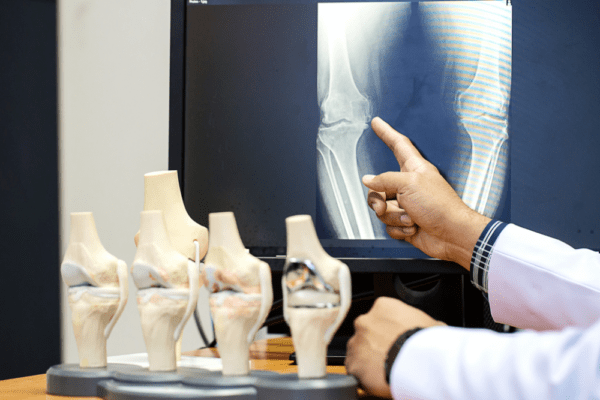Lyme disease is on the rise around the world. This bacterial infection spread by tick bites can lead to joint pain, fatigue, neurological damage and even temporary facial paralysis. Lyme disease is a bacterial infection caused by a spiral bacterium named Borrelia burgdorferi. This bacteria is delivered to humans through tick bites. From the bite site, the bacteria can enter the bloodstream and spread throughout the body. The Borrelia bacteria, after the tick bite, wriggles through the skin which leads to a circular red rash, known as erythema migrans.
In most cases, if caught early, the disease is treatable. However, some people report symptoms that never go away, even after treatment- the after-effects of the disease can linger for months and sometimes even years. This condition is called Chronic Lyme Disease. Chronic Lyme disease is also known as posttreatment Lyme disease syndrome or post Lyme disease syndrome. People with chronic Lyme disease continue to experience symptoms of Lyme disease despite receiving treatment for the initial infection.
The U.S. Centers for Disease Control and Prevention (CDC) reported that cases of tickborne diseases had more than doubled from 2004 to 2016, from 22,000 to 48,000, and that Lyme disease accounted for 82 per cent of tickborne diseases.
Moreover, due to underreporting, the actual number of Lyme disease cases is estimated to be significantly higher – likely more than 350,000 in 2016. According to a new CDC estimate, more than 300,000 Americans are diagnosed with the tick-borne disease each year.
Symptoms for Lyme disease can be debilitating, typically consist of fever, muscle soreness, headache, fatigue, and dizziness. In a few cases, symptoms can also include mood swings, memory loss, and sleep disturbance. Lyme disease can also affect your heart and the nervous system. Amongst these symptoms, joint swelling and pain tend to be the most common and persistent manifestation of the condition. About 60% of people who are infected with Lyme develop arthritis.
When it comes to the diagnosis and the causes of Lyme disease, many medical health professionals still often don’t know how to accurately diagnose patients with Lyme disease, and patients don’t always get better, even when they are diagnosed and treated. The exact cause of post-treatment Lyme disease syndrome is not known. But experts have narrowed down two possible culprits for the cause of the disease- Residual Tissue Damage and Autoimmune Malfunction. The Lyme-disease bacteria can damage nerves, which makes some experts believe the symptoms are caused by persistent bacteria that weren’t destroyed by the antibiotics. The other culprit is an auto-immune disorder that is triggered by the Lyme disease. The disease damages your immune system and tissues and ends up attacking the patient’s healthy cells long after the bacteria is gone.
Timely and accurate diagnosis of Lyme disease can help prevent potential complications, which include encephalitis, a brain infection; myocarditis, a heart infection; or endocarditis, a heart valve infection. When detected early, Lyme disease can be treated with antibiotics. Standard treatment for Lyme disease is a two- to three-week or 30 days course of prescribed oral antibiotics like Doxycycline, amoxicillin, and cefuroxime axetil. Treatment may also include prescription or over-the-counter (OTC) pain relievers may be used to treat joint pain, depending upon your condition and symptoms.
How you can prevent tick-borne illness
To prevent yourself from potential lyme disease or other tick-borne diseases, taking some simple precautions can minimize the risk of tick bites:
- Avoid scrubby areas with bushes, high grass, and leaf litter, where ticks abound.
- Use tick repellents containing picaridin, IR3535, or 20% DEET.
- If you find ticks attached to your body, use fine-tipped tweezers to remove them. Grasp them next to the skin and apply steady, gentle pressure. Do not yank or twist the tick, as this may cause its mouthparts to break off and stay embedded in your skin.
- When checking children for ticks, pay special attention to the scalp and ears, the shoulder blades, the waist, belly button, behind the knees, and between the legs.
- Clean the bite site with soap and water, iodine, or rubbing alcohol.
- Washing your clothes in hot water, or putting them in the dryer on high heat, should kill ticks hiding in them as ticks are vulnerable to heat and dehydration.
- Looking at your body in a full-length mirror will help you to identify and remove ticks.



